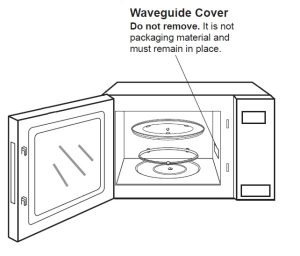In the realm of waveguide technology, one often comes across the term "mitered fitting." This crucial component plays a significant role in the efficient transmission of electromagnetic waves within waveguides. In this article, we will delve into the details of mitered fittings, their applications, advantages, and associated considerations.
Mitered Fitting Basics
Definition
A mitered fitting is a specialized component used in waveguide systems to smoothly transition the direction of electromagnetic waves. It is primarily employed when there is a need to change the waveguide's orientation or redirect the signal path while minimizing reflections and signal loss.
Structure and Design
Mitered fittings are typically constructed as rectangular or square waveguide sections with carefully angled internal walls. These angled walls serve to redirect the electromagnetic waves without causing significant signal degradation.
Applications
Waveguide Miter Bends
One of the primary applications of mitered fittings is in waveguide miter bends. These bends are essential in waveguide systems where space constraints or specific routing requirements necessitate a change in the waveguide's direction. Waveguide miter bends are often used in radar systems, satellite communication equipment, and other high-frequency applications. For a detailed selection of waveguide miter bends, you can explore this product page.
Advantages
Improved Signal Integrity
Mitered fittings offer a critical advantage by minimizing signal reflections and maintaining the integrity of the transmitted electromagnetic waves. This leads to higher signal quality and efficiency.
Space Efficiency
In scenarios where space is limited, mitered fittings allow for compact waveguide designs, making them ideal for applications with stringent size constraints.
Considerations
Power Loss
While mitered fittings are effective at minimizing signal reflections, there is still some inherent power loss associated with these components. The extent of this loss depends on factors such as the angle of the miter and the material used in construction.
Cost
The cost of mitered fittings can vary depending on factors like size, material, and precision of manufacturing. It's essential to consider these factors in the overall budget for a waveguide system.
Material Quality
The choice of material for mitered fittings can significantly impact their performance. High-quality materials are essential to reduce signal loss and maintain signal integrity.
Size and Dimensions
The size and dimensions of mitered fittings should align with the waveguide's specifications and system requirements. Precision in design and manufacturing is crucial for optimal performance.
Conclusion
In conclusion, mitered fittings are indispensable components in waveguide systems, particularly in waveguide miter bends. They provide efficient signal transmission, minimize reflections, and enable space-efficient designs. However, it is essential to consider factors like power loss, cost, material quality, and size when integrating mitered fittings into a waveguide system. Understanding the advantages and considerations of mitered fittings is vital for optimizing the performance of waveguide-based applications.
